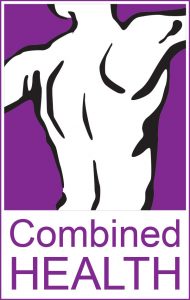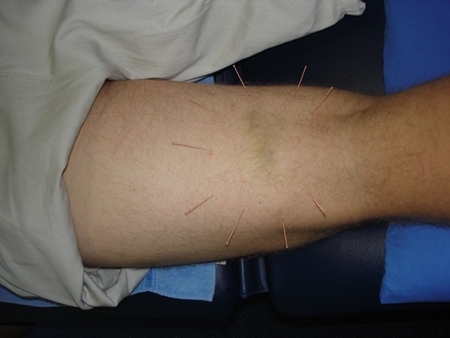Dry Needling, Western And Traditional Acupuncture Defined
The following exert is taken from the Australian Society of Acupuncture Physiotherapists guidelines;
Dry Needling involves needling to altered or dysfunctional tissues in order to improve or restore function. This may include needling of myofascial trigger points and periosteum.
Western acupuncture utilises meridian points but applies it to ‘western’ reasoning with particular consideration to relevant neurophysiology and anatomy. Points are stimulated to create local, spinal segmental or supraspinal pain modulating effects.
Traditional Acupuncture utilises meridian or other traditional points based on a Traditional Chinese Medicine approach which includes diagnosis and clinical reasoning using various Chinese medicine assessment methods and treatment paradigms.
Registered health practitioners may choose to practice using any one of the forms of acupuncture or dry needling or may possess the skills to utilise the various forms in combination. Utilisation of any of the above needling techniques is employed within a practitioner’s scope and as part of an overall management approach.
The suggested minimum training is two days for an Introduction to Dry Needling or Western Acupuncture which forms the minimum training required for coverage under professional indemnity insurance. Following the minimum training requirements it is advised to complete 30 hours of continuing professional development (such as attending meetings, reading journals or attending courses or workshops) on acupuncture or dry needling over a three year period to remain competent in this field of practice.


